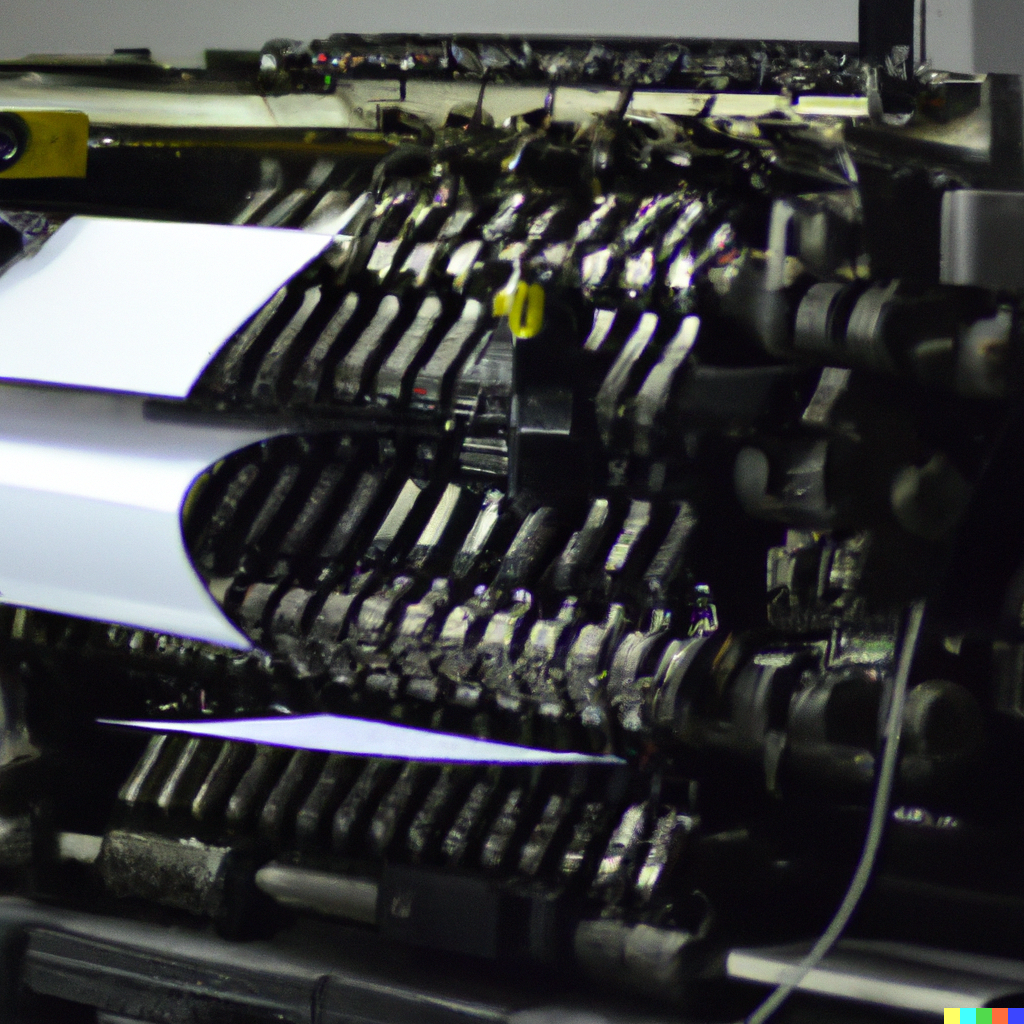This article explores the evolution of Printing Technology (PrintTech), from the Gutenberg press to modern digital and 3D printing. It highlights current trends such as sustainability, hybrid printing, and augmented reality integration, and looks ahead to future innovations like smart printing, nanotechnology, and bioprinting. The piece emphasizes how PrintTech continues to adapt and revolutionize communication, manufacturing, and healthcare, offering exciting possibilities for the future.
Printing Technology (PrintTech) has been a cornerstone of human communication and information dissemination for centuries. From the advent of the Gutenberg press in the 15th century to the sophisticated digital printing methods of today, the field has undergone transformative changes. This article explores the evolution of PrintTech, its current state, and the innovations shaping its future.
The Historical Evolution of PrintTech
-
The Gutenberg Press: A Revolutionary Beginning
- Invented by Johannes Gutenberg around 1440, the Gutenberg press marked the beginning of mass communication. This movable type printing technology revolutionized the way information was shared, enabling the mass production of books and other printed materials. The press played a crucial role in the spread of knowledge during the Renaissance and the Protestant Reformation.
-
Offset Printing: The Next Leap
- Introduced in the late 19th century, offset printing became the dominant commercial printing method. This technology, which involves transferring an inked image from a plate to a rubber blanket, then to the printing surface, allowed for higher-quality prints and faster production. Offset printing is still widely used today, particularly for large-volume jobs.
-
The Rise of Digital Printing
- Digital printing emerged in the late 20th century as a disruptive technology. Unlike traditional methods, digital printing does not require printing plates, making it more flexible and cost-effective for short runs and on-demand printing. This technology has opened up new possibilities for personalized printing, variable data printing, and more.
Current Trends in Printing Technology
-
Sustainability Initiatives
- As environmental concerns grow, the print industry is increasingly focusing on sustainable practices. Innovations in eco-friendly inks, recycled paper, and energy-efficient printing processes are becoming standard. The move towards digital printing also supports sustainability by reducing waste and enabling print-on-demand services, which minimize overproduction.
-
3D Printing: Expanding the Horizons
- 3D printing, or additive manufacturing, represents a significant expansion of traditional printing technology. This process involves creating three-dimensional objects layer by layer from digital models. 3D printing is being used across various industries, including healthcare, automotive, aerospace, and construction, for prototyping, production, and even creating complex structures like human tissues.
-
Hybrid Printing Technologies
- Hybrid printing combines traditional and digital printing techniques to offer the best of both worlds. For example, offset printing can be used for the bulk of a print run, with digital printing applied for personalized or customized sections. This approach enhances efficiency and cost-effectiveness, especially in industries like packaging and labels.
-
Augmented Reality (AR) in Print
- Augmented Reality (AR) is being integrated into print media to create interactive experiences. By scanning printed materials with a smartphone, users can access digital content such as videos, animations, and 3D models. This technology is increasingly being used in marketing, education, and entertainment to engage audiences in new ways.
The Future of Printing Technology
-
Smart Printing
- The integration of Internet of Things (IoT) technology with printing is paving the way for smart printing solutions. Printers equipped with IoT sensors can monitor and optimize print jobs in real-time, leading to improved efficiency, reduced downtime, and better quality control. Smart printing is also facilitating remote management and predictive maintenance, making the technology more adaptable to modern workflows.
-
Nanotechnology in Printing
- Nanotechnology is set to revolutionize the printing industry by enabling the production of ultra-high-resolution prints and advanced materials. Nanoparticle-based inks and coatings can create prints with enhanced durability, conductivity, and even self-cleaning properties. This technology is particularly promising for applications in electronics, healthcare, and security printing.
-
Bioprinting: The Next Frontier
- Bioprinting, a specialized form of 3D printing, involves creating biological structures layer by layer using bio-inks made from living cells. This technology holds the potential to revolutionize medicine by enabling the creation of custom tissues, organs, and implants. While still in its early stages, bioprinting is rapidly advancing, with the potential to address critical shortages in organ transplants and personalized medicine.
Conclusion
Printing Technology has come a long way from the days of the Gutenberg press. Today, the field is more dynamic and versatile than ever, with innovations that go beyond traditional printing to include digital, 3D, and even biological applications. As sustainability, customization, and interactivity continue to shape consumer demands, PrintTech is poised for further evolution. The future of printing is not just about putting ink on paper; it's about creating new possibilities in communication, manufacturing, and beyond.
Whether you're a business looking to leverage the latest in print marketing or an enthusiast keen on the latest technological advancements, the world of PrintTech offers something for everyone.
